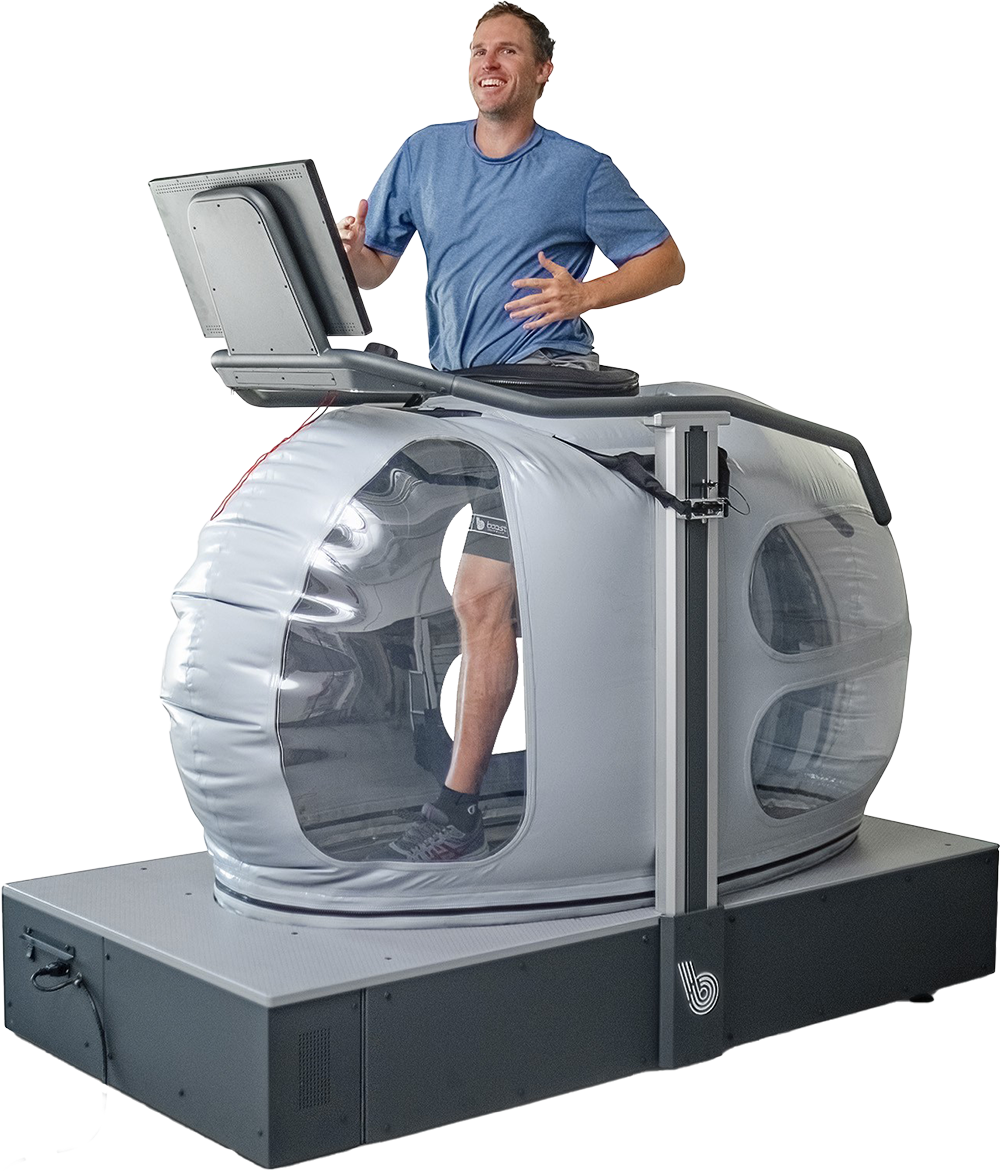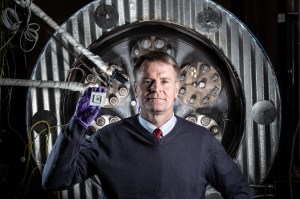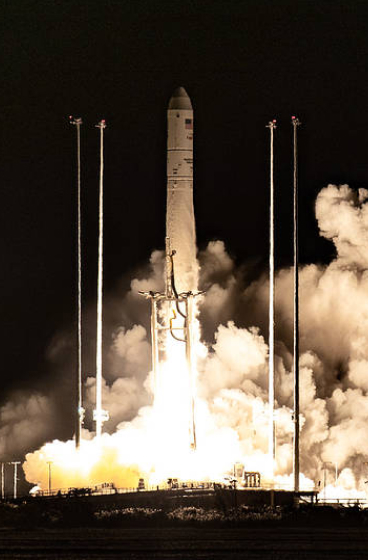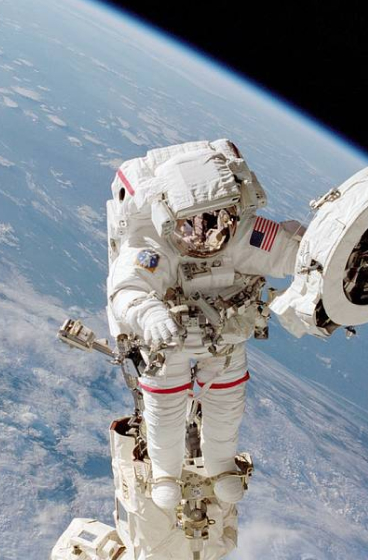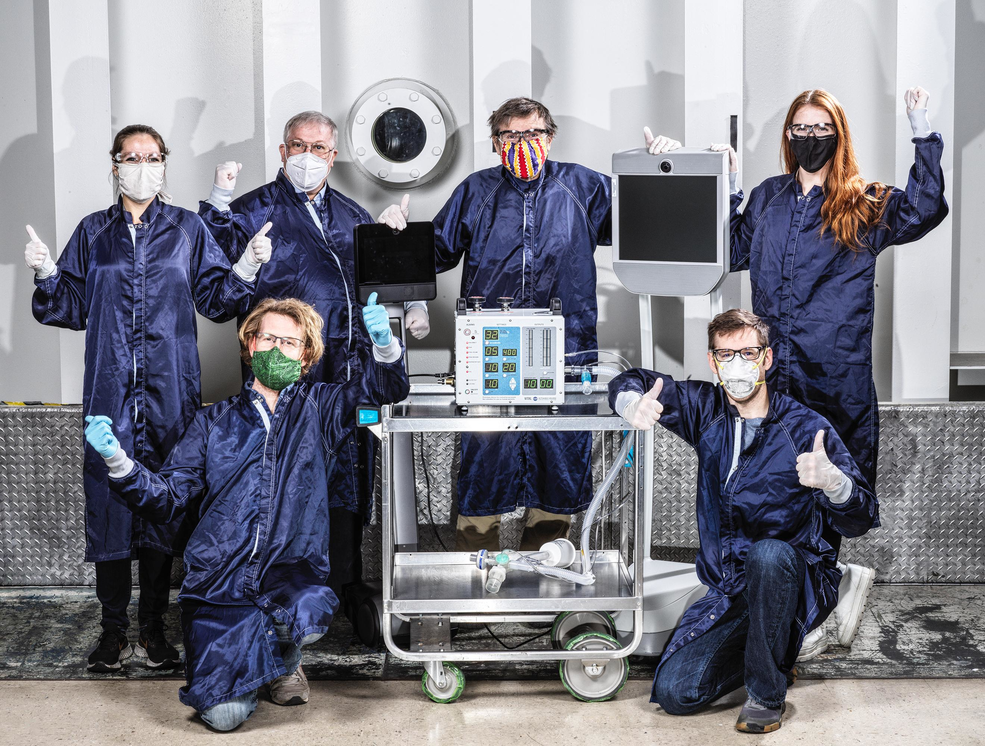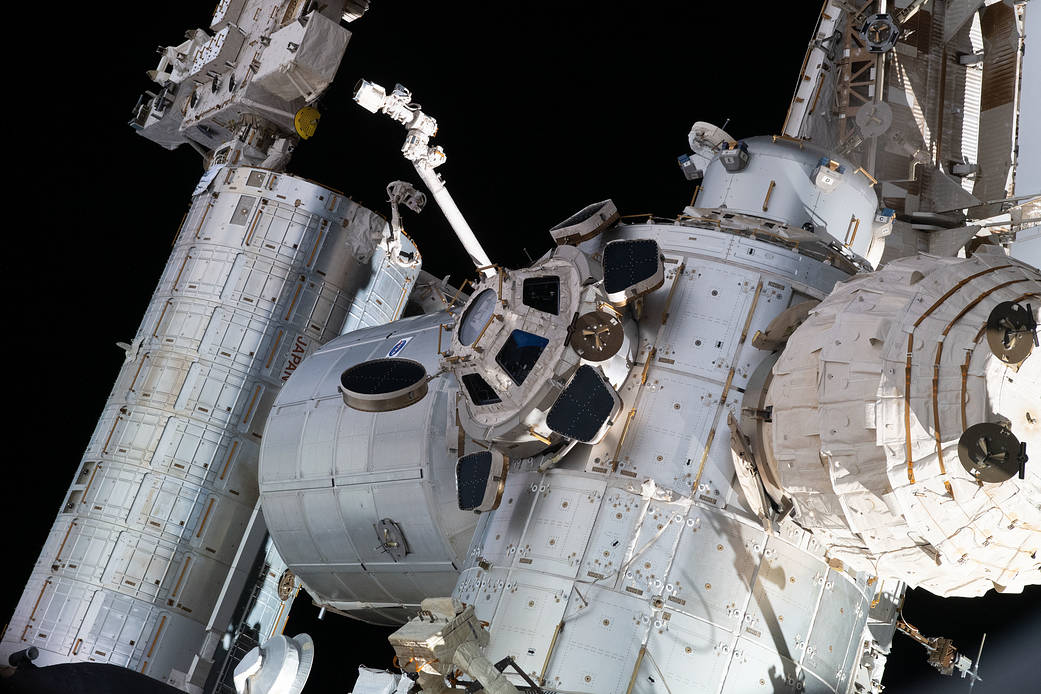NASA Tech Gives Treadmill Users a ‘Boost’
- NASA’s antigravity treadmill technology has been adapted for home use by Boost Treadmills, a company co-founded by Robert Whalen, who pioneered the concept at NASA’s Ames Research Center in the 1980s and ’90s.
- The Boost 2 treadmill uses air pressure to counter gravity, making running possible for people with injuries and other conditions, such as obesity or arthritis, and has roughly tripled sales since its release in 2022.
- Boost Treadmills aims to make the antigravity treadmill affordable enough for home use, cutting the price by almost two-thirds, and progressing towards their goal of moving into the home market.
- The technology has benefits not only in space but also on Earth, with offloading weight during exercise being a clear solution for patients with injuries or mobility impairments.
- Boost Treadmills is one of many space-inspired technologies benefiting life on Earth, as advanced through NASA and other organizations, paving the way for innovative solutions to improve human health and well-being.
2 min read
Preparations for Next Moonwalk Simulations Underway (and Underwater)
The antigravity treadmill, which has benefits in space and on Earth, was pioneered by Robert Whalen at NASA’s Ames Research Center in Silicon Valley, California, in the 1980s and ’90s.
Whalen built a system that placed a pressurized bulb over the user’s upper body, creating downward pressure that could simulate gravity for astronauts running on a treadmill in space. With support from Ames, he prototyped a treadmill in his garage that reversed the concept, with the bubble enclosing the user from the waist down to create lift. He thought the system could help patients rehabilitate.
Years later, his son recalled the prototype in the garage and turned it into the AlterG concept. The AlterG treadmill, which uses air pressure to take weight off the user, had proven popular with professional sports teams and rehabilitation clinics, but Whalen and his friends wanted to make it affordable enough for home use, so they founded Boost Treadmills in 2017.
Now Boost, based in Palo Alto, California, has cut the price of an antigravity treadmill by almost two thirds. In 2022, the company released the Boost 2, which is quieter and more energy-efficient than its predecessor, among other improvements. The Boost 2 has roughly tripled sales to individuals, progressing on the company’s goal of moving into the home.
Offloading weight during exercise is a clear solution for patients whose injuries prevent them from walking or running at their full weight, but Boost says it can be equally valuable for people with long-term mobility impairments, such as obesity or arthritis.
Advanced through NASA, the antigravity treadmill is one of many space-inspired technologies benefitting life on Earth.

